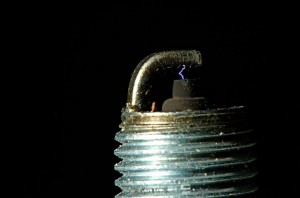A couple Fridays ago— This is just after my computer gave out, and I was behind schedule on everything. Come Friday morning, I had not started writing a story for #FridayFlash. I didn’t even have an idea.
So I used the following 5-step process to whip one together, in less than 3 hours from start to finish. That includes the raw story idea, characterization, plotting, and drafting and editing the story. And the result, which I entitled “Just A Bite of Coffee and Ice Cream,” actually turned out pretty good. It’s a story about a 19-year-old woman, muddling through a job at an ice-cream shop, while she’s coming to grips with a direction for her life.
-
What’s your character’s unmet need? Always start with a compelling character need, because that will drive your character story. See my earlier post on basic character needs to get ideas. Just throw a dart at the list of needs, if you need to, and pick one. What circumstances in the character’s life are causing this need or preventing it from being met?
-
How is she striving to meet that need (and failing)? This is your conflict. Address it in the first sentence of your story. Get ideas from anecdotes you’ve heard told, personal stories you’ve witnessed, or even experiences from your own past (as I did for “Coffee and Ice Cream”).
-
What’s her defining moment of change? In her life’s story, there’s one moment that imbues her with a powerful new mindset, which will bring her success. This is the major plot point of your story. It defines your scene, setting, and plot. And this success should follow logically, without explanation, from the change that occurs. (Otherwise, you need to include an epilogue explaining how the change impacted her, and you usually want to avoid that if you can, in a flash story.)
-
Write the story. Start the story with the unmet character need (conflict); show the character making it worse (thickening); then show the character’s perspective changing (resolution). Once you know the character’s story, you can pretty much just tell it.
-
Give your story a title, something that will spark the interest of a prospective reader. I’m including this as a separate step, because the title is an important element of the story. Even though fiction titles are often more creative than non-fiction, the first thing a prospective reader will see is still your title. Ideally, it should draw the reader in, make her wonder what the story is about, and get her to read the first sentence of the story. For title ideas, I frequently focus on the main theme of the story or on the story’s hook.
Note that at each stage of this process, you’ll be looking for ideas. You should choose ideas that excite you and that you can identify with, because that will make the writing process go faster and easier, even if it means you have to pass up the first ideas that come to mind.
Keep writing!
-TimK

Leave a Reply